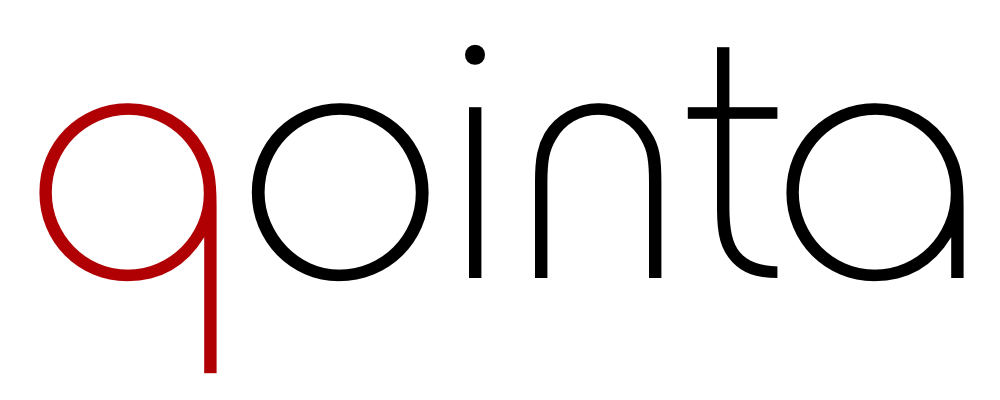Navigating the New EU AI Regulation and GAMP 5: Challenges and Tips for Life Sciences Companies
Artificial intelligence (AI) is revolutionizing the life sciences industry, from predicting drug efficacy to optimizing medical device performance. But as the technology sprints forward, regulators are tightening the reins. The European Union’s new AI Regulation (AI Act) is set to redefine the rules of the game, demanding stricter oversight, transparency, and accountability for AI systems—especially those used in critical sectors like healthcare.
For life sciences companies, this new regulatory frontier intersects with established frameworks like GAMP 5 (Good Automated Manufacturing Practice), which guides the validation of computerized systems. Together, they form a complex maze that companies must navigate to stay compliant while keeping innovation alive.
So, how do you chart a course through this evolving regulatory landscape? Let’s break it down.
The EU AI Regulation: A Game-Changer for Life Sciences
The EU AI Regulation, proposed in 2021 and expected to take effect by 2025, categorizes AI systems into four risk levels: unacceptable, high, limited, and minimal. Unsurprisingly, many life sciences applications—such as AI-powered diagnostic tools or algorithms used in clinical trials—fall into the “high-risk” category.
Why does this matter? High-risk AI systems face stringent requirements, including:
Transparency and Documentation: Companies must provide clear, traceable documentation on how their AI systems work and make decisions.
Risk Management: AI developers must identify, evaluate, and mitigate risks throughout the system’s lifecycle.
Human Oversight: Ensuring that humans can intervene in or override AI decisions is mandatory.
For example, an AI-based diagnostic tool that analyzes CT scans for cancer detection would need to meet these criteria, ensuring that its algorithms are not only accurate but also explainable to clinicians.
But here’s the kicker: failure to comply with the regulation can result in fines of up to €30 million or 6% of a company’s global revenue, whichever is higher.
GAMP 5: An Established Ally
While the EU AI Regulation focuses on the governance of AI systems, GAMP 5 provides a well-established framework for validating computerized systems in regulated environments. First introduced by the International Society for Pharmaceutical Engineering (ISPE) in 2008, GAMP 5 emphasizes a risk-based approach to system validation.
Key principles include:
Risk Management: Identifying and controlling risks to product quality and patient safety.
Lifecycle Approach: Validating systems across their entire lifecycle, from design to decommissioning.
Scalability: Adapting validation efforts based on system complexity and risk.
Although GAMP 5 doesn’t specifically address AI, its core principles align well with the EU AI Regulation. By leveraging GAMP 5 methodologies, companies can build a strong foundation for AI compliance.
Challenges at the Intersection of AI Regulation and GAMP 5
1. Interpreting Ambiguity
The EU AI Regulation introduces novel concepts like algorithmic transparency and bias mitigation, which are not explicitly covered by GAMP 5. This can leave companies struggling to reconcile the two frameworks. For instance, how do you validate an AI system’s ability to avoid bias using GAMP 5 principles?
2. Evolving Technology
AI evolves rapidly. A model trained on today’s data might become obsolete tomorrow as new datasets emerge. This raises questions about how to maintain validated states under GAMP 5 when the AI system is continuously learning and adapting.
3. Cross-Disciplinary Expertise
Ensuring compliance requires input from regulatory, IT, data science, and quality assurance teams. Bridging these diverse areas of expertise can be challenging, especially in large organizations.
4. Resource Demands
Both the EU AI Regulation and GAMP 5 require extensive documentation, testing, and oversight, which can strain resources—particularly for small and mid-sized companies.
Tips for Navigating the Maze
1. Embrace a Unified Framework
Start by integrating the principles of the EU AI Regulation into your existing GAMP 5 processes. For example, during system validation, include additional steps to evaluate algorithmic transparency and bias mitigation.
2. Adopt a Risk-Based Approach
Prioritize efforts based on risk. Not every aspect of an AI system requires exhaustive validation. Focus on areas where failures could directly impact patient safety or data integrity. This aligns with both GAMP 5 and the EU AI Regulation.
3. Invest in Continuous Monitoring
AI systems are dynamic, so ongoing performance monitoring is critical. Tools that track model accuracy, detect drift, and flag anomalies can help maintain compliance and support the validation lifecycle.
4. Foster Collaboration
Break down silos by creating cross-functional teams to oversee AI implementation and validation. Include data scientists, quality assurance professionals, and regulatory experts to ensure all bases are covered.
5. Leverage Digital Validation Tools
Consider using software solutions designed for validation in regulated environments. These tools can streamline documentation, testing, and reporting, making compliance more efficient.
Real-World Examples
In 2022, a leading European medical device company successfully deployed an AI-powered imaging tool for cardiac diagnostics by combining GAMP 5 with a tailored approach to the EU AI Regulation. The company used a risk-based validation process to address the AI’s critical functions and implemented continuous monitoring to ensure compliance over time.
Another example comes from a major pharma company that developed an AI tool for drug repurposing. By integrating GAMP 5’s lifecycle approach with AI-specific audits, they not only met regulatory requirements but also accelerated approval timelines for their repurposed drug.
The Path Forward
The convergence of the EU AI Regulation and GAMP 5 presents challenges, but it also offers opportunities. Companies that proactively address these requirements can gain a competitive edge, fostering innovation while ensuring patient safety and regulatory compliance.
In this new era, the key is adaptability. Regulations will continue to evolve alongside AI technologies, and companies must be prepared to evolve with them. By embracing a unified, risk-based approach and leveraging the strengths of both the EU AI Regulation and GAMP 5, life sciences companies can navigate the maze and emerge as leaders in this transformative space.
After all, compliance isn’t just about avoiding penalties—it’s about building trust, protecting patients, and driving innovation in a responsible and sustainable way.


